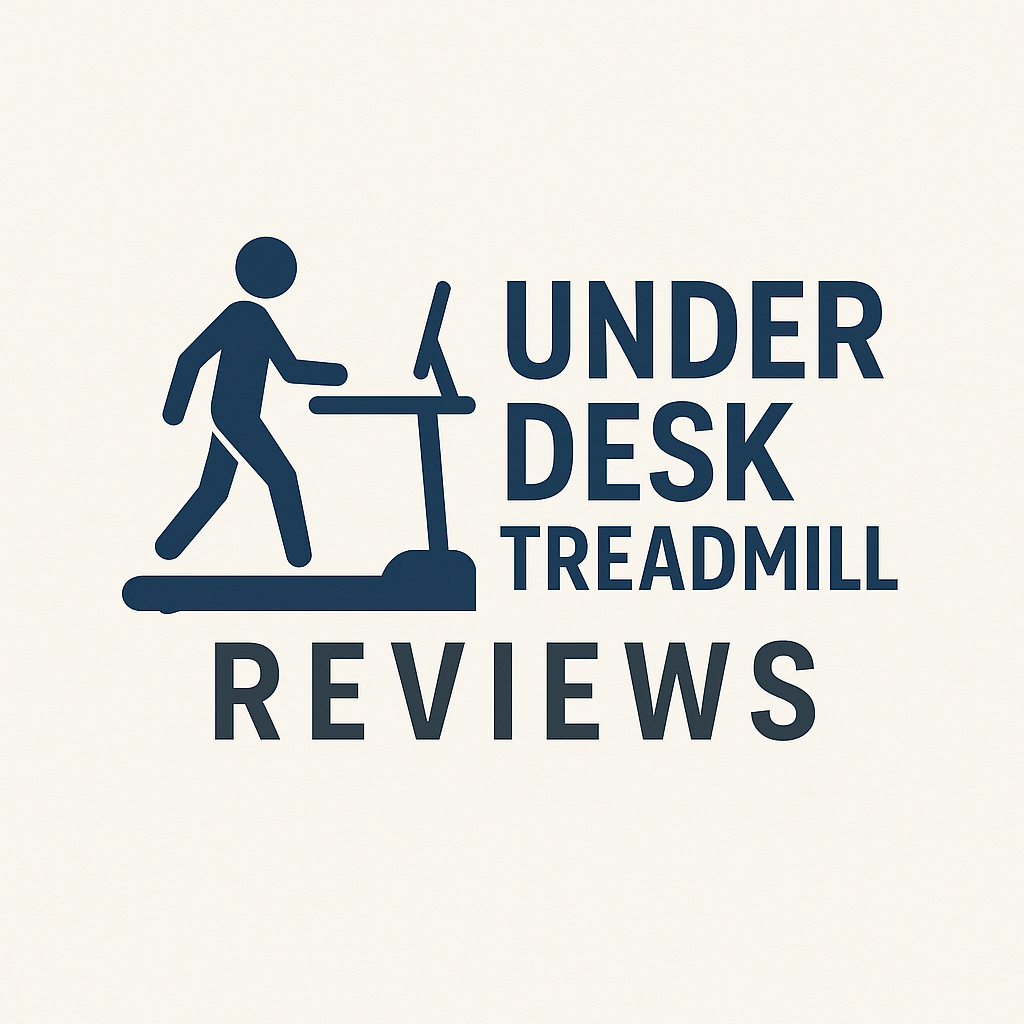So, you’re ready to become that person — the one walking and working at the same time. No more stiff hips, no more desk slouch. Just smooth strides, boosted focus, and 300+ calories burned before lunch.
But hold up.
Before you click “Buy Now” on the first under desk treadmill that pops up on your feed, let’s talk. These machines may look simple — a belt, a motor, maybe a remote — but there’s a surprising amount that can go wrong if you choose the wrong one. From clunky noise-makers to budget models that wobble like a drunk table, there are landmines out there.
Here’s what you actually need to know before buying one that fits your space, your goals, and your workflow.
1. Size: Will It Even Fit?
Let’s start with the obvious — where’s this thing going?
Some under desk treadmills are slim and sleek, others are wide and chunky like they’re hiding snacks in the base. If your workspace is tight, you need to measure your available floor space — and remember to check the height of your standing desk.
A lot of buyers forget that stepping onto a treadmill adds 4 to 6 inches to your height. If your desk doesn’t lift high enough to keep your arms comfortable while typing, you’re gonna hate it.
Quick tip:
- Ideal treadmill width: 16–20 inches
- Ideal length: 40–50 inches
- Make sure your standing desk goes up to at least 47–50 inches total when measured from the floor
2. Noise Level: Will It Sound Like a Freight Train?
You might think “it’s just walking” — but a bad motor or flimsy belt will turn your peaceful workday into a lowkey construction zone. Some cheaper models sound fine at first, then develop a weird squeak or vibration after a few weeks of use. Now imagine that during a Zoom call.
What you want is a machine with a quiet, brushless motor and some kind of shock absorption under the deck. Trust us, your ears (and co-workers) will thank you.
3. Speed Range: Will It Match Your Flow?
You’re not sprinting — but you’re also not crawling.
Most people walk between 1.5 to 2.2 mph when working at a desk. That’s fast enough to keep your body moving but slow enough to still type, take calls, and pretend you’re listening on Slack.
Cheaper models sometimes stutter at lower speeds or respond slowly when you try to adjust. Good models are smooth, responsive, and let you easily bump up or down without a delay.
Ideal speed range to look for:
- 0.6 mph (minimum) to 3.8–4.0 mph (maximum)
4. Build Quality: Does It Feel Like a Toy or a Tank?
Let’s be real — if it feels like it’ll snap in half after one session, skip it.
Higher-quality machines have:
- Solid steel frames
- High weight capacities (preferably 265 lbs or more)
- Non-slip belts
- Thicker, more durable decks
Even if you’re not heavy, a higher weight rating means better long-term durability. Don’t cheap out here — this is what separates a $250 regret from a $500 long-term win.
5. Portability: Can You Move It Without Crying?
Some treadmills are easy to wheel away when you’re done. Others? Not so much. If you don’t plan to leave it out 24/7, check the weight and look for transport wheels.
And if you live in an apartment or plan to move it between rooms, foldability becomes a major factor. Walking pads that fold in half or slide under furniture make your life way easier.
6. Features: Are They Useful or Just Gimmicks?
Let’s be honest — you don’t need app syncing to put one foot in front of the other.
But some features are genuinely useful:
- Remote control for quick start/stop
- LED display showing speed, time, steps, and calories
- Auto-pause when you step off
- App syncing for stat nerds
Just don’t fall for flashy marketing. A smooth motor and solid frame always beat Bluetooth and built-in speakers.
7. Desk Compatibility: The Dealbreaker Most People Miss
The whole point of an under desk treadmill is… well, being under your desk.
Some models are too wide or have raised displays that block your foot space. Others force you to reach forward awkwardly. Before you buy, double-check that your desk’s frame won’t clash with the treadmill’s sides, rails, or console.
Also: if your desk isn’t adjustable, make sure your monitor and arms won’t be at weird angles when standing on the belt.
8. Warranty & Customer Service: Don’t Get Ghosted
Things break. Belts wear out. Motors die.
And when that happens, you want a brand that actually answers your emails. Stick with brands offering at least a 1-year warranty and bonus points for responsive service. If the Amazon reviews mention ghosting or “they never got back to me,” run.
9. Your Goals: What Do You Actually Want From This?
Not everyone has the same reason for buying a treadmill desk setup.
Some people just want to sneak in a few extra thousand steps a day. Others are trying to burn fat, improve posture, or reduce lower back pain. Your goal will shape your decision.
If you’re:
- Just trying to move more → look for slim, affordable walking pads
- Looking to lose weight → go for longer decks and 4.0+ mph capability
- Dealing with joint issues → prioritize shock absorption and whisper-quiet motors
Final Thoughts
Under desk treadmills aren’t just a trendy gadget — they’re a game-changer if you pick the right one.
When chosen carefully, they become part of your daily rhythm. You’ll move more, feel more energized, and possibly never want to sit again. But pick the wrong one, and you’ll be staring at a clunky disappointment while sitting on your couch… again.
Measure your space. Know your goals. Spend smart. And you’ll never look at a Zoom meeting the same way again.
